When Halloween comes around, witches can be glimpsed partying in peoples’ homes or walking along the streets, candy-bags in hand.
We all have an idea of what witch looks like: they have a black hat and broomstick. We know they use cauldrons to brew up potions and that they traditionally get burned at the stake.
However, our modern idea of witches contains several misconceptions.
Here are some interesting facts about witches and witchcraft that you might not have known.
Men, as well as women, were executed as witches
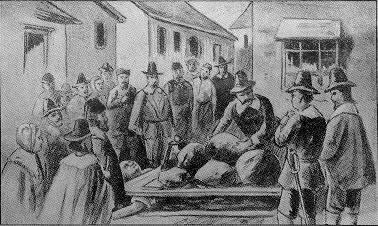
In Europe during the 16th and 17th centuries, an estimated 60,000 people were put to death based on accusations of witchcraft. Note the word “people,” as not all those proclaimed as witches were women.
In Elizabethan England, there were 270 witchcraft trials: 247 were of women, and 23 were of men.
Even during the most famous of witch trials in Salem, Massachusetts, the men were not exempt from suspicion.
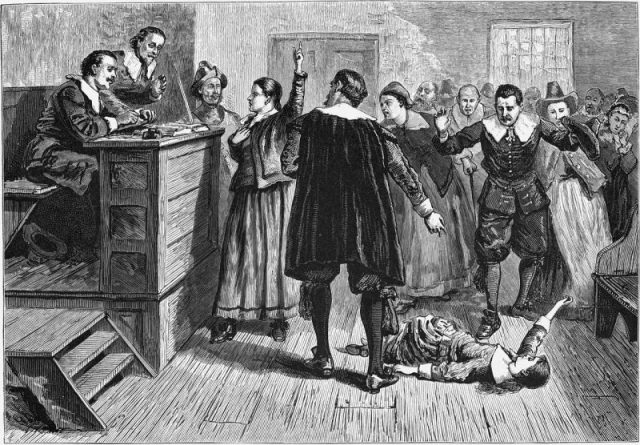
Between February 1692 and May 1693, 200 people in Salem were accused. In the end, only 19 were found guilty: 14 women and five men.
The five men were: Reverend George Burrows, John Willard, George Jacobs Snr., John Proctor, and Samuel Wardwell.
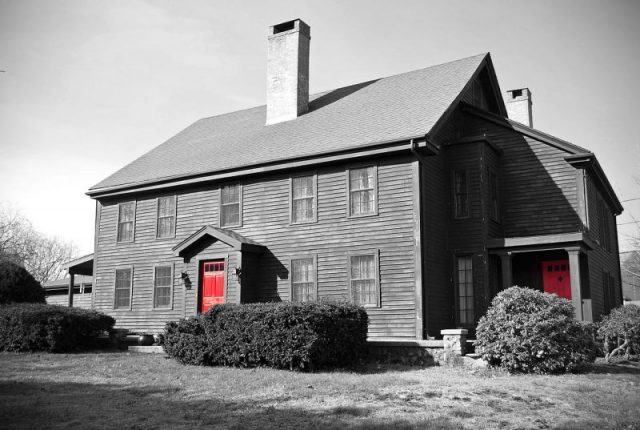
Another man, Giles Corey, also died, even though he wasn’t found guilty of being a witch. In fact, he didn’t enter a plea at all, which was what led to his inadvertent execution through “pressing.”
He was stripped naked, had a board laid across his chest, and then stones and rocks were piled on top, pressing down on him. He was then repeatedly asked what plea he wished to enter.
It was hoped that such torture would force him to answer either guilty or not guilty, but still he refused. It is stated that all he kept saying was, “More weight.”
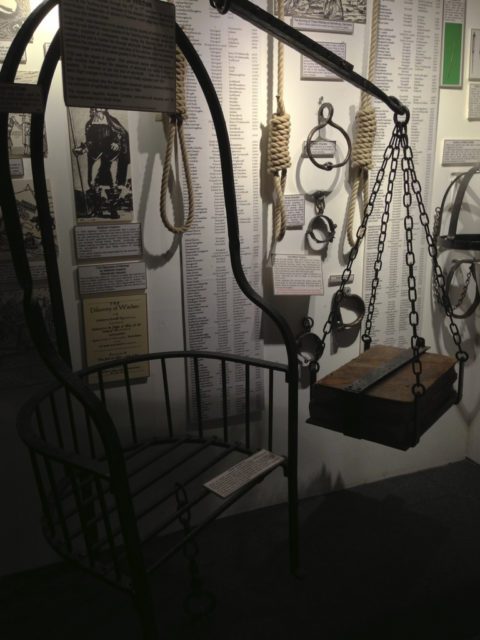
He survived this brutal torture for three days before he died.
It just goes to show that when the witchfinder came to town, nobody was safe – being a man, or even a Puritan minister, could not save you.
Potions
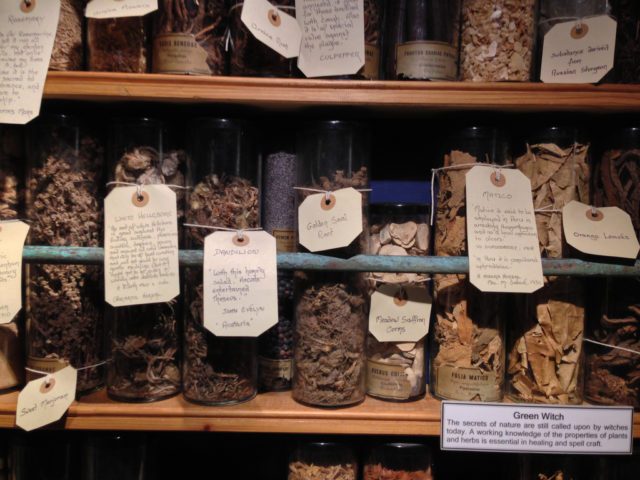
We are all familiar with the horrible ingredients associated with a witch’s potion. Shakespeare made famous such phrases as “toe of frog” and “eye of newt.”
But these ingredients aren’t as literal, or as disgusting, as they seem. In the Middle Ages, only monks and scholars knew the Latin names for plants. Commoners would have their own names for the plants they used in everyday cooking and medicine.
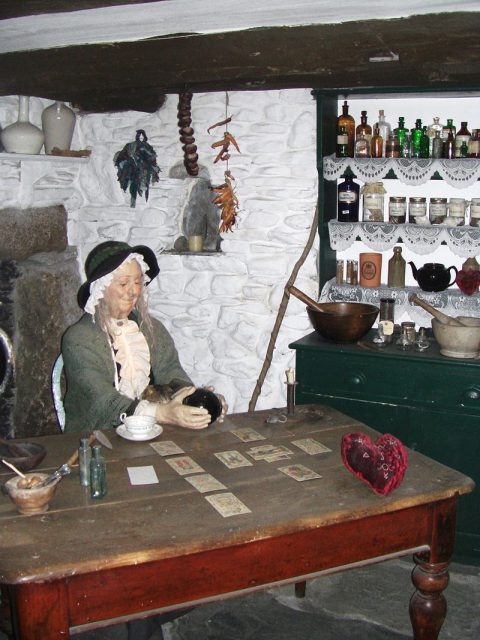
Such common names often came about in response to the look of the plant’s leaves or petals or as a way of describing how the plant’s healing properties.
So, when the witches in Macbeth spoke of “eye of newt,” they were most likely referring to wild mustard seed. “Toe of frog” referred to the leaves of the bulbous buttercup, while “wool of bat” meant simply moss.
If “lion’s tooth” turned up in anything, then it was probably dandelion, and “bird’s foot” was fenugreek.
Very few witches were burned at the stake
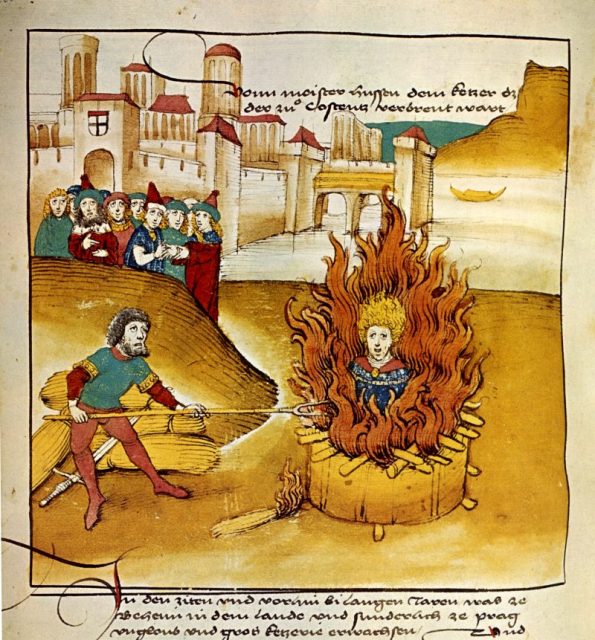
Although we consider the standard punishment for witchcraft to be burnt at the stake, in fact witches were generally hanged. Burning was more of a French punishment, as illustrated by the case of Joan of Arc.
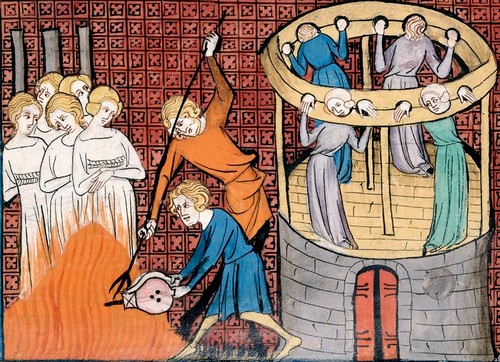
In July 1650, fifteen people (including one man) were hanged in one go for witchcraft at the Town Moor in Newcastle, England.
All those convicted at the Salem witch trials were also hanged, rather than burned as is popularly believed.
The Witchcraft Act 1735 was still being used in 1944
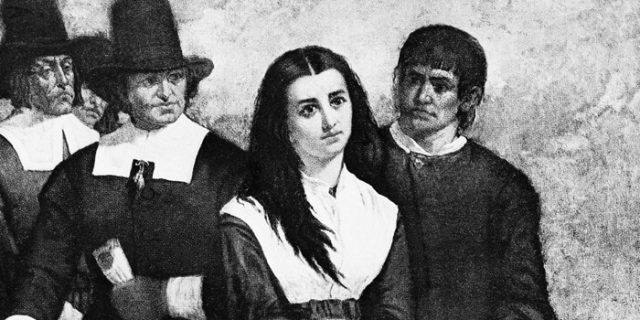
In 1735, the Witchcraft Act was passed in Britain. This legislation made it a crime for a person to claim that any other person had magical powers or was practicing witchcraft.
Before it became law, previous witchcraft legislation had worked on the assumption that magic and witchcraft genuinely existed.
However, with its new wording, the Witchcraft Act 1735 stated that it was not witchcraft per se that was against the law. Instead, the crime was holding the superstitious belief that witches existed.
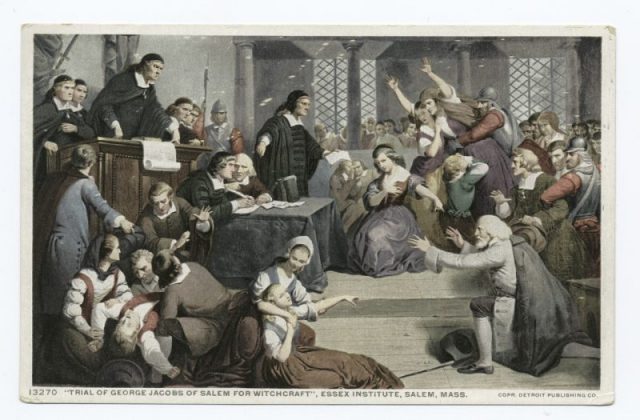
The Act reflected the changing beliefs in Europe and effectively brought an end to witch-hunting in England.
However, the Witchcraft Act 1735 remained active in Britain for many years, right up until the middle of the twentieth century.
In 1944, Jane Rebecca Yorke became the last person to be tried under it. She wasn’t actually accused of being a witch, but of being a medium. She was convicted of “pretending… to cause the spirits of deceased persons to be present.”
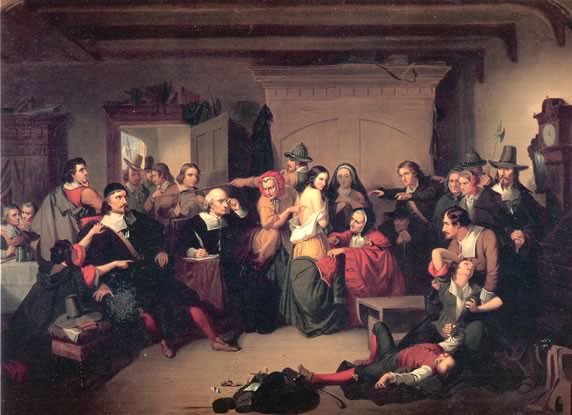
Several undercover policemen went to her seances. They had been instructed to ask about non-existent relatives. Yorke told one officer in great detail about how his imaginary brother had been burned alive during a bombing mission.
Although the Act was not used after 1944, mediums in custody were still threatened with it, the last threat occurring in 1950.
In 1951, the 1735 Act was finally repealed and replaced with the Fraudulent Mediums Act 1951.
On the wings of Mandrake
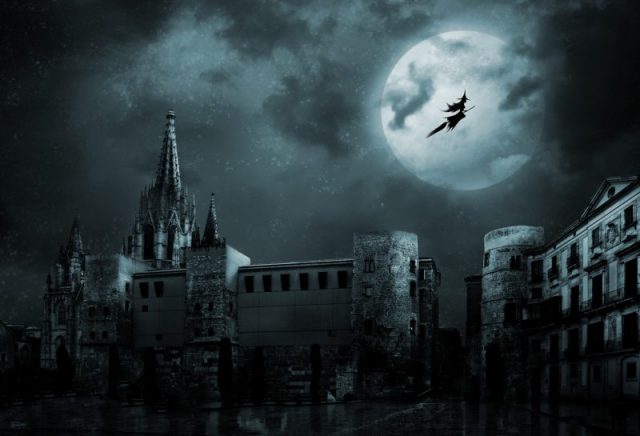
The suggestion that witches were able to fly might have come from the fact that mandrake root and other hallucinogenic plants were used in witchcraft ceremonies. Users described the hallucinogenic and euphoric properties of the plants as making them feel as if they were floating.
Rituals to invoke flying were performed naked and an ointment containing the active ingredient was rubbed onto the body. This was because ingesting mandrake, henbane, or deadly nightshade could cause nausea, vomiting, and other unpleasant effects.
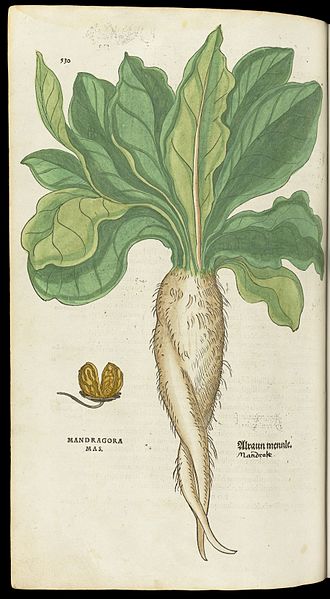
So instead an ointment was rubbed onto the body. The best spots for it to be absorbed were under the arms and the lower regions. To apply it to the latter, a witch would smear the ointment on the handle of a broom and then sit astride it.
Of course, if you didn’t want to take your clothes off, then a woman could just as easily sit astride a broomstick, completely clothed, and still experience the same effect.
Related Video: 13 Victorian Vulgarities everyone should know:
https://youtu.be/utw0IVJcGK0
But which way round?
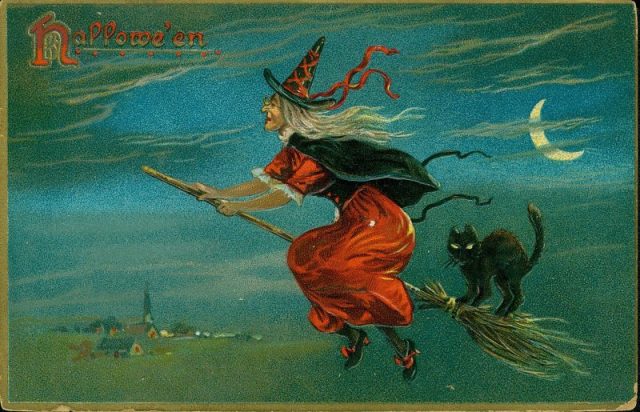
There has also been some controversy over which way round a witch is supposed to sit on a broomstick. Most people imagine that the bristles will be at the rear – certainly that’s how it has appeared in popular culture over the years.
But in 2001, Kevin Carlyon, a British white witch, took issue with the makers of Harry Potter. He insisted that evidence shows that witches would ride a broom with the bristles at the front, like a hobby horse.
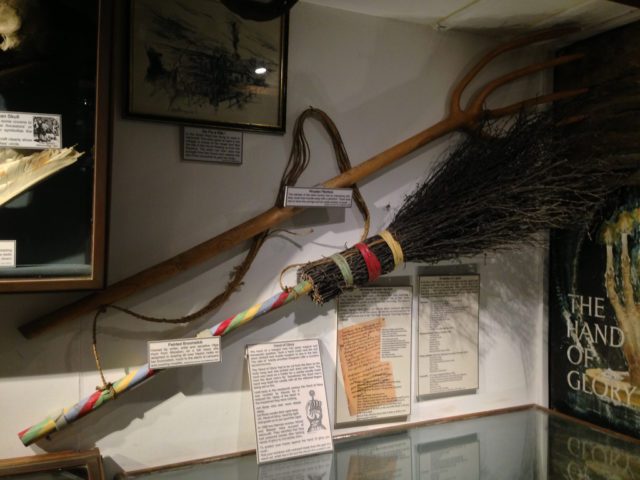
He stated: “Warner Bros. claims the film is an accurate portrayal of things that happen in witchcraft, yet woodcuts from the 16th and 17th century show broomsticks being ridden with the brush part in the front.”
Many forums came alive to debate this assertion, with evidence being brought forward supporting both sides of the argument.
One woodcut from Germany in 1712 shows four broomsticks being ridden: two with bristles at the back, and two with bristles at the front.
Related story from us: The Horrifying Tests used in Salem to Determine if a Woman was a Witch
However, the same picture also shows witches riding pitchforks and a rake, suggesting that the preferred mode of transport for the historical witch remains an unresolved issue.
